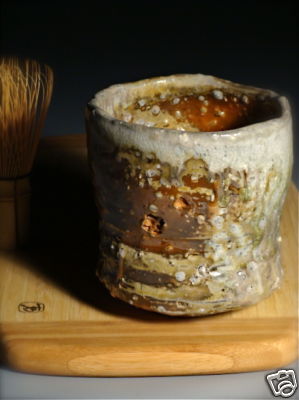 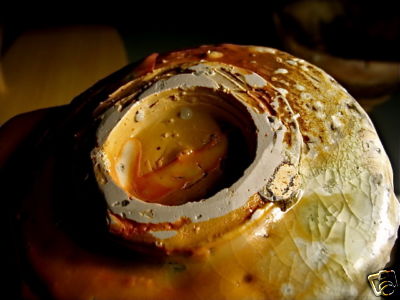 |
| Shibui Chawan |
| Beautiful Wabi-Sabi Chawan |
|
  |
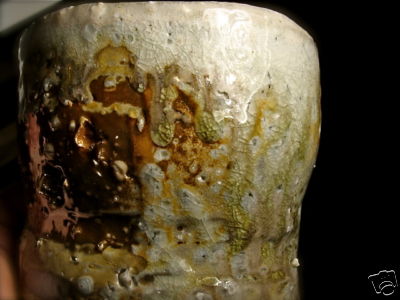
The clay (formulated in Japan) is Bizen style, some would say darker than shigaraki. The glaze or slip, is shino style named after a particular glaze originating in Japan. The samurai were very interested in the tea ceremony, this was a place of equality. |
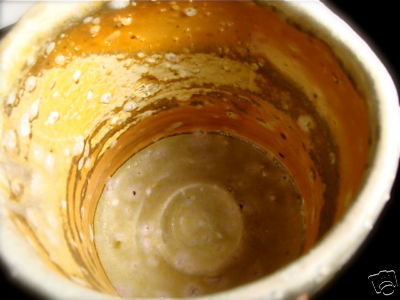
|
| Beautiful "natural art" Chawan "It's natural look and warmth are expressive of the very earth from which it comes." |
|
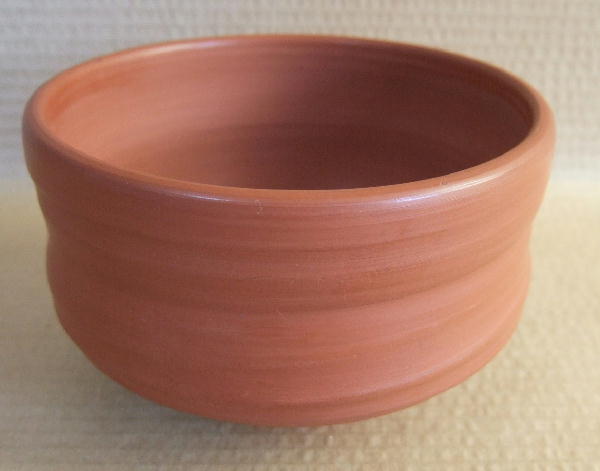
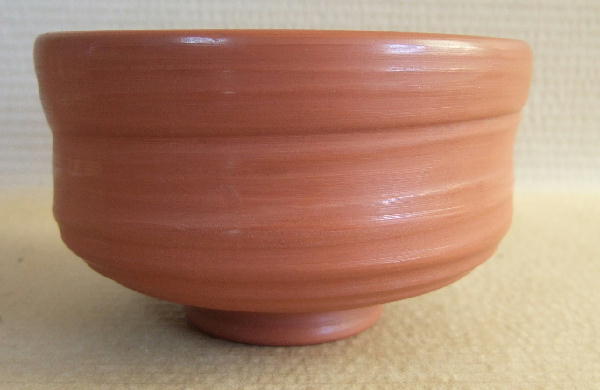
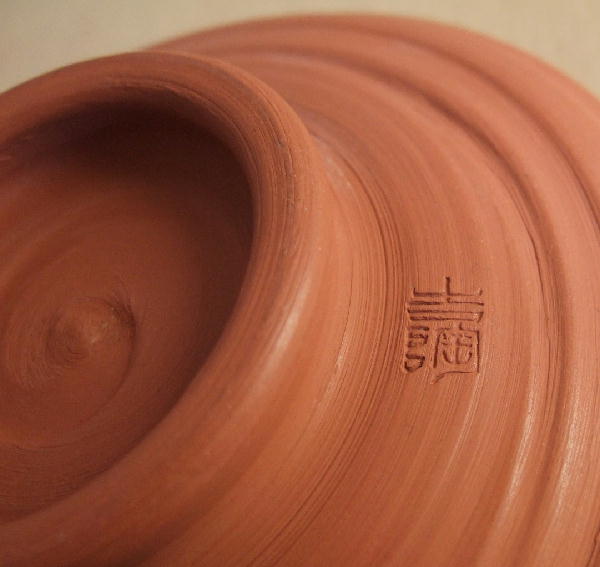
by Shozan |
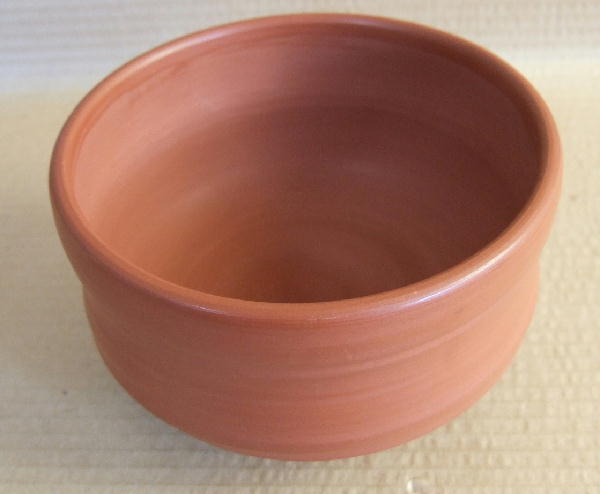 |
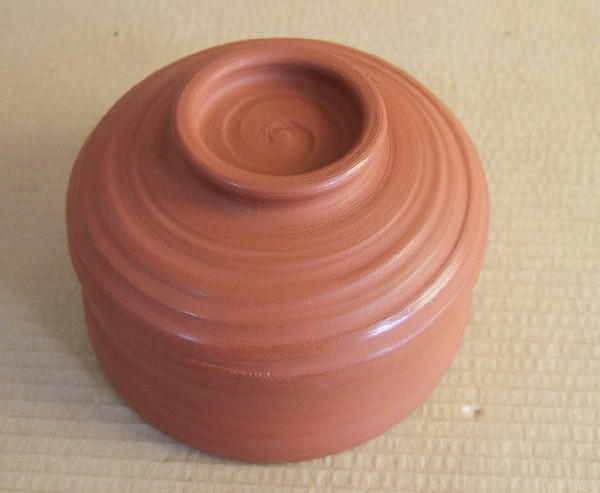 |
| from JAANUS (Japanese Architecture and Art Net Users System) CHAWAN
1 Generic term for ceramic wares called toujiki from the 9c-16c. Initially used for tea drinking and considerably later for rice. 2) Ceramic bowl used for drinking tea at a tea ceremony. Japanese chawan are most frequently used but those imported from China and Korea are also favored. The tea bowls imported from China are called karamono (referring to the T'ang dynasty) (618-907). Korean bowls are called kourai chawan and Japanese tea bowls are called kuniyaki meaning domestically fired. The type of chawan used depends on whether the ceremony is formal, shin, semi-formal, gyou, or informal, sou. One of the most formal chawan used since ancient times, is a tenmoku bowl tenmoku jawan which has a unique shape: a wide top, and a special oil-spot glaze of Chinese lineage. Today, it is used only when accompanied by a large portable shelf, daisu, and a wooden saucer called tenmokudai. In Japan, however, chawan of plainer design and irregular shape are appreciated more than those with such perfect forms, especially at a simple, quiet tea ceremony. Thus, many domestic tea bowls came into use in the late 16c. Their type and design are extremely diverse, and made even more so by the preferences of tea masters. In general, a bowl shaped for easy drinking is most appreciated. The average size is 15cm in diameter at the rim and about 8cm high. In the summer, a shorter bowl is favored, while in winter, a barrel-shaped bowl about 10cm in diameter at the rim and 9cm high is often preferred. Aside from the tenmoku type introduced in the Muromachi period (1392/3-1568), and one of Korean lineage which was a deep bowl called idojawan, the most popular bowl was a domestic type called rakuyaki. It appears to have been introduced by Sen Rikyu (1502-1591). Generally, tea bowls are appreciated for the shape of the rim, kuchi-zukuri, the inside of the bowl, mikomi, the body of the bowl, dou, and the foot, koudai. By the mid-18c, a middle grade of green tea called sencha gained in popularity and smaller sized tea bowls came into use. |
| Home Page | Art Gallery |